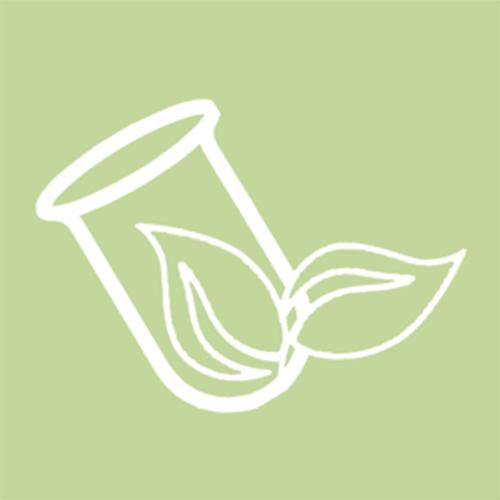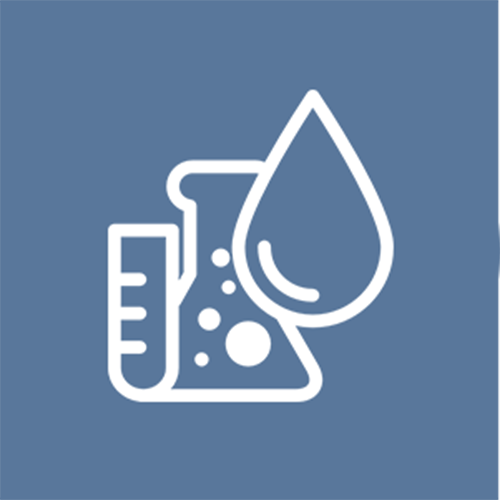Understanding ecohydrological fluxes and storage dynamics in a drought sensitive lowland catchment, NE Germany
Description
Location

Sketch
Information about lithology/geochemistry:
Weichselian geology, drift deposits
Main Description
- characterised by intermittent streams plus including wetland areas
Enhance ecohydrological processes in novel ecosystem
YES
Apply complementary Ecohydrological processes in high impacted system
YES
This table presents the different categories of ecosystem services that ecosystem can provide, divided in:
Provisioning Services are ecosystem services that describe the material or energy outputs from ecosystems. They include food, water and other resources.
Regulating Services are the services that ecosystems provide by acting as regulators eg. regulating the quality of air and soil or by providing flood and disease control.
Ecosystem services "that are necessary for the production of all other ecosystem services". These include services such as nutrient recycling, primary production and soil formation.
Cultural Services corresponds nonmaterial benefits people obtain from ecosystems through spiritual enrichment, cognitive development, reflection, recreation, and aesthetic experiences.
EH Principles
Quantification of the hydrological processes at catchment scale and mapping the impacts
ECOHYDROLOGY ENGINEERING SOLUTIONS
Sensors and technologies to monitor and quantify different ecohydrological fluxes at the athmosphere-plant-soil-groundwater-water continuum, as well as in-stream ecohydrological processes.
 Ecohydrological Infrastructure
Ecohydrological Infrastructure
eDNA
 Faunatechnology
Faunatechnology
Sapflux, transpiration rates, Eddy covariance, dendrometers, LAI, remote sensing (NDVI)
 Phytotechnology
Phytotechnology
All our flow measurements are analysed under the concept of providing environmental flow. A major issue is the intemittence of the streams in the catchment and thus, a major question: how can environmental flows be provided and extended in the stream system
 Hydrological Flow
Hydrological Flow
Major Issues





 Which: the catchment provides a fascinating field observatory to monitor and understand the ecohydrological processes in a mix of
Which: the catchment provides a fascinating field observatory to monitor and understand the ecohydrological processes in a mix of


Expected Outcomes
Latest Results
Contacts
Prof Dr Doerthe Tetzlaff
- doerthe.tetzlaff@igb-berlin.de
- IGB Leibniz Institute of Freshwater Ecology & Inland Fisheries, Berlin, Germany
Social ecohydrological system
EH Objectives
EH Methodology
Catchment Ecohydrological sub-system
Objectives
Stakeholders
Catchment Sociological sub-system
Activities